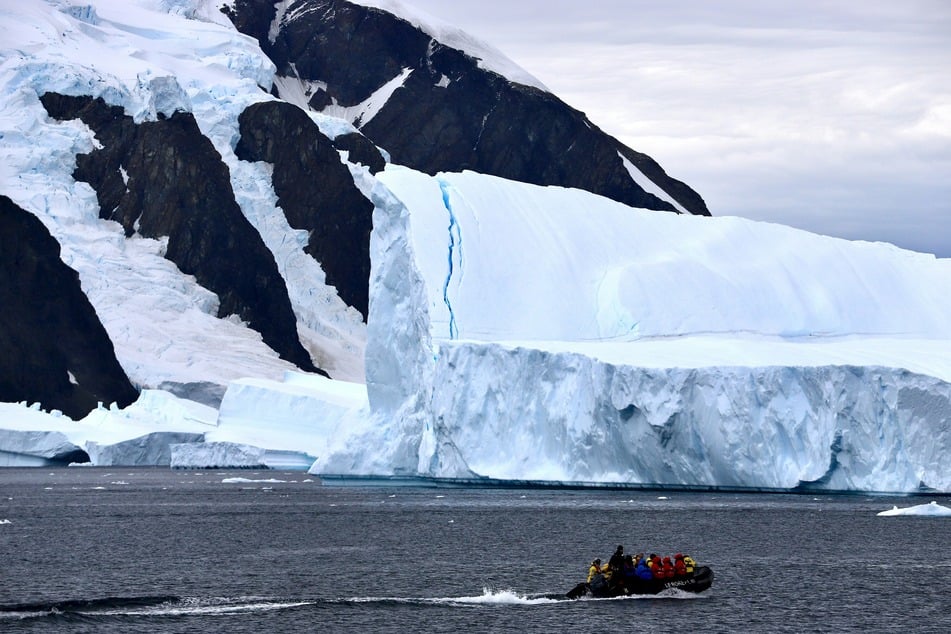Dire sea level rise likely even at best-case scenario level of global warming, new study warns
Rising seas will severely test humanity's resilience in the second half of the 21st century and beyond, even if nations defy the odds and cap global warming at the ambitious 1.5 degrees Celsius target, according to a new study.

The pace at which global oceans are rising has doubled in three decades, and on current trends will double again by 2100 to about one centimeter – or 0.4 inches – per year, they reported in a study.
"Limiting global warming to 1.5C would be a major achievement" and avoid many dire climate impacts, said lead author Chris Stokes, a professor at Durham University in England.
"But even if this target is met," he added, "sea level rise is likely to accelerate to rates that are very difficult to adapt to."
Absent protective measures such as sea walls, 7.8 inches of sea level rise – the width of a letter-size sheet of paper – by 2050 would cause some $1 trillion in flood damage annually in the world's 136 largest coastal cities, earlier research has shown.
Some 230 million people live on land within a yard of sea level, and more than a billion reside within 11.
Sea level rise is driven in roughly equal measure by the disintegration of ice sheets and mountain glaciers, as well as the expansion of warming oceans, which absorb more than 90% of the excess heat due to climate change.
Averaged across 20 years, Earth's surface temperature is currently 1.2 degrees Celsius above pre-industrial levels, already enough to lift the ocean watermark by several meters over the coming centuries, Stokes and colleagues noted in the journal Communications Earth & Environment.
The world is on track to see temperatures rise 2.7 degrees above that benchmark by the end of the century.
Global warming estimates for the point of no return have changed

In a review of scientific literature since the last major climate assessment by the UN-mandated Intergovernmental Panel on Climate Change (IPCC), Stokes and his team focused on the growing contribution of ice sheets to rising seas.
In 2021, the IPCC projected "likely" sea level rise of 15 to 31 inches by 2100, depending on how quickly humanity draws down greenhouse gas emissions, but left ice sheets out of their calculations due to uncertainty.
The picture has become alarmingly clearer since then.
"We are probably heading for the higher numbers within that range, possibly higher," said Stokes.
The scientist and his team looked at three baskets of evidence, starting with what has been observed and measured to date.
Satellite data revealed that ice sheets with enough frozen water to lift oceans a staggering 65 meters – 71 yards – are far more sensitive to climate change than previously suspected.
The amount of ice melting or breaking off into the ocean from Greenland and West Antarctica, now averaging about 400 billion tons a year, has quadrupled over the last three decades, eclipsing runoff from mountain glaciers.
Estimates of how much global warming it would take to push dwindling ice sheets past a point of no return, known as tipping points, have also shifted.
"We used to think that Greenland wouldn't do anything until the world warmed 3C," said Stokes. "Now the consensus for tipping points for Greenland and West Antarctica is about 1.5 degrees Celsius."
The 2015 Paris climate treaty calls for capping global warming at "well below" 2 degrees , and 1.5 degrees if possible.
Cover photo: Sarah Lee/Unsplash
